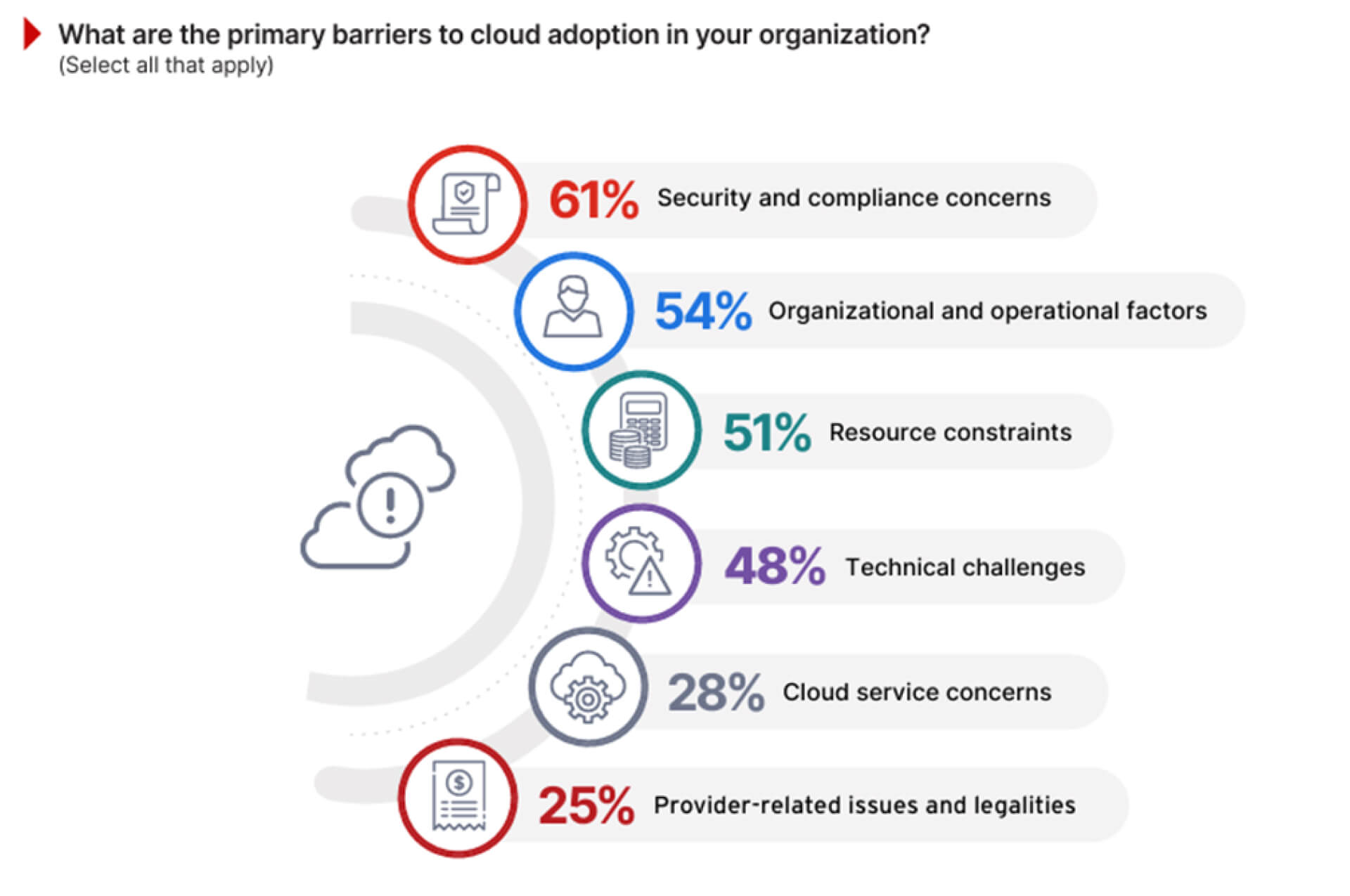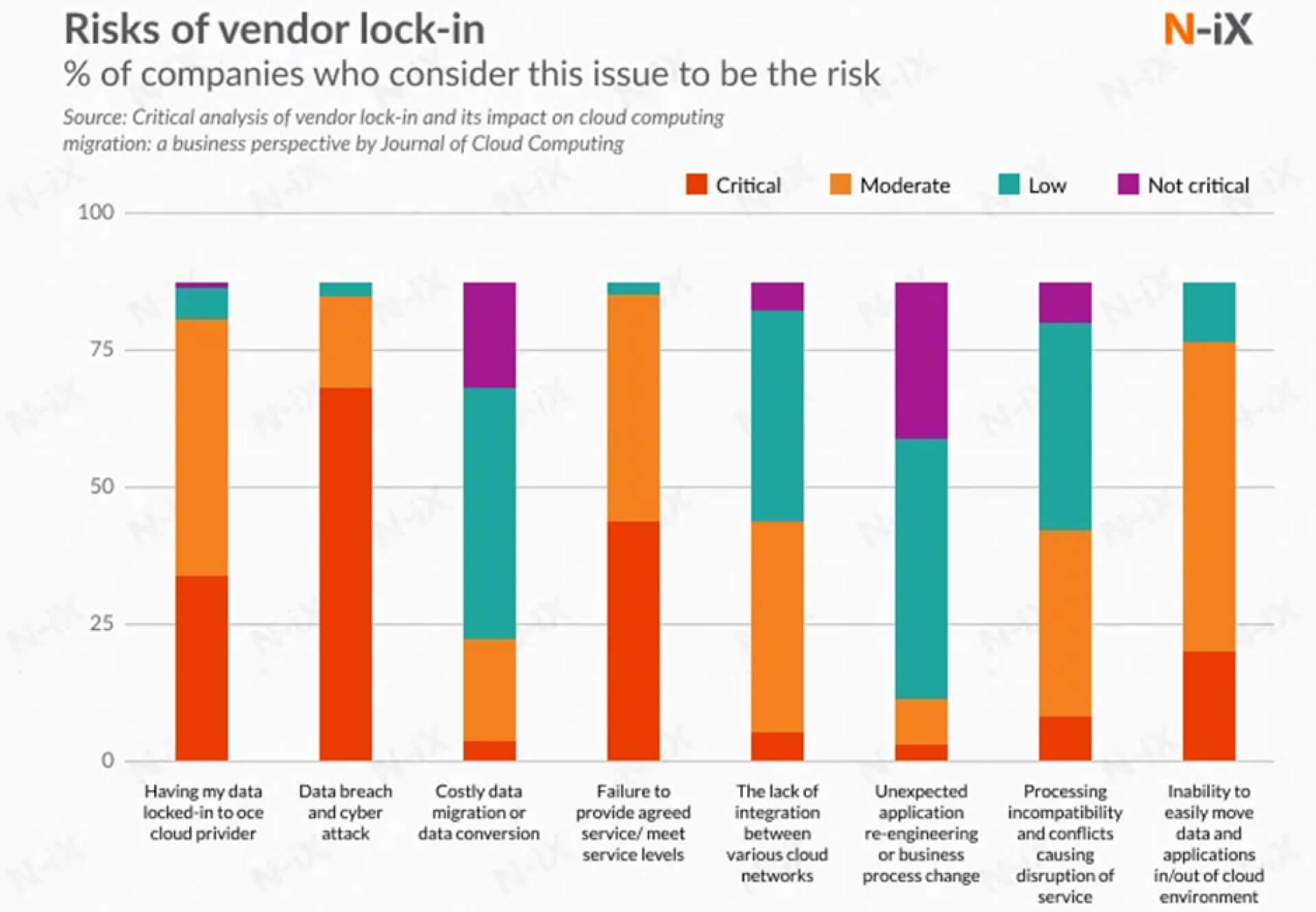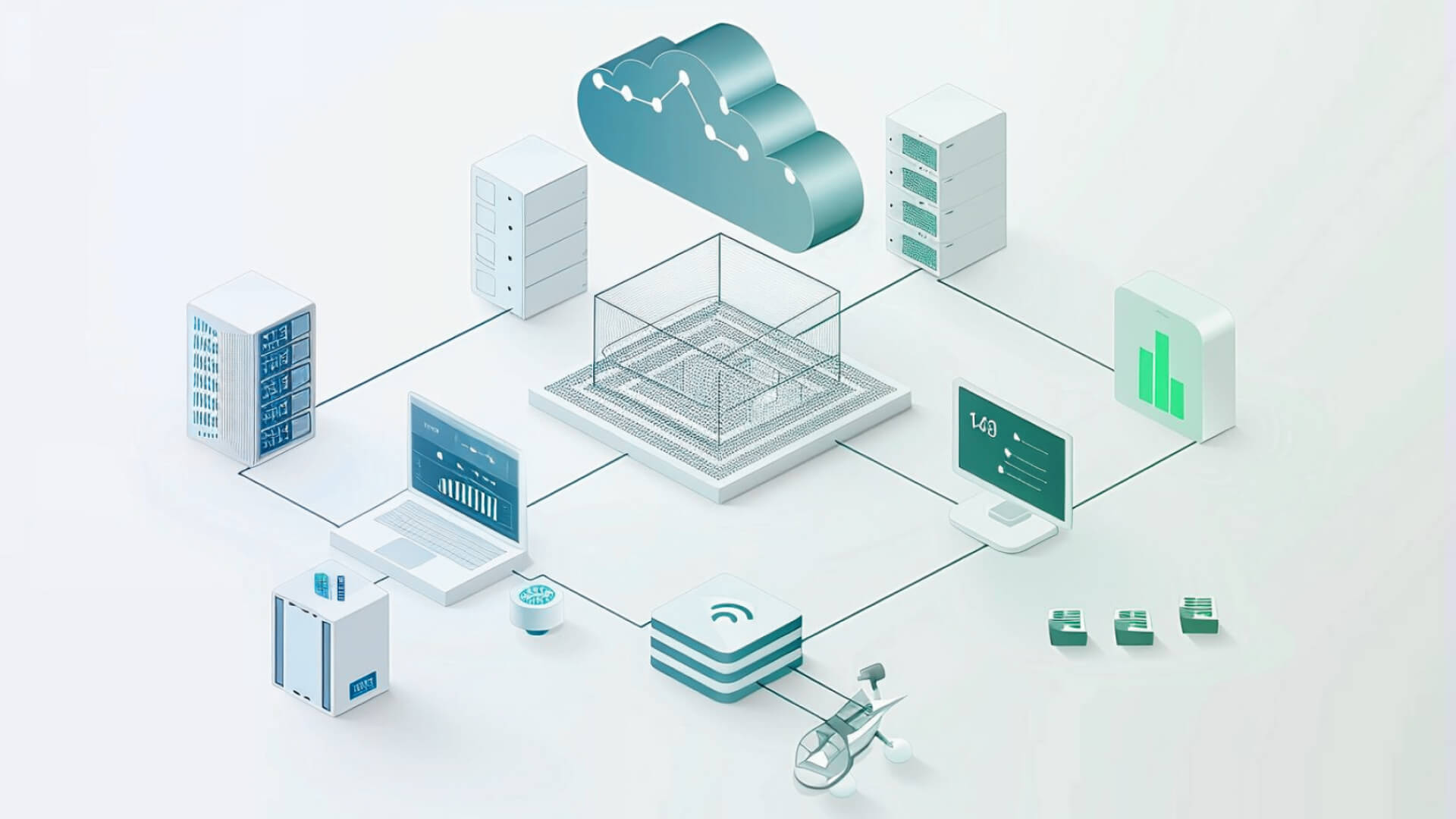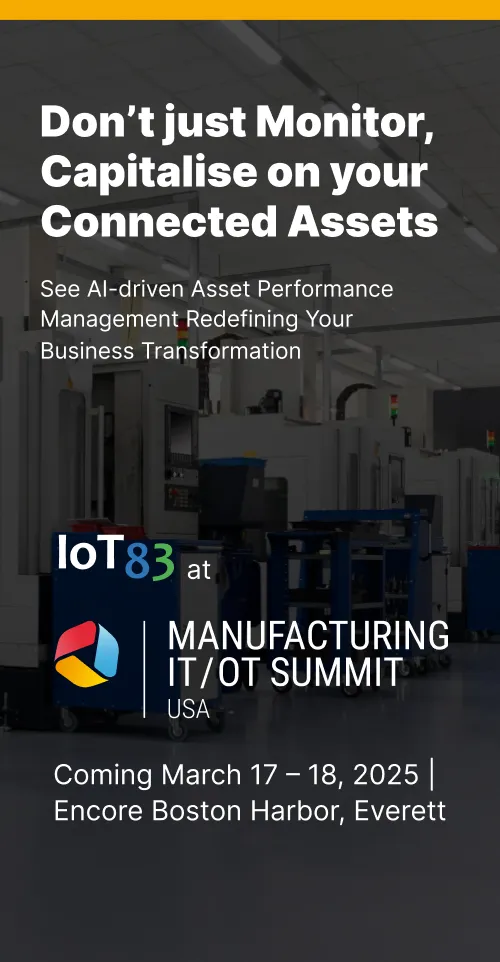Years and years of evolution, moving from predictive to proactive maintenance, the once-thought vision of flying cars turning into reality, and the endless trade-offs between the right approach to cloud-computing. The architects, in almost every business, have once sat and thought: Which architectural approach should I choose to design the most reliable, scalable, and resilient applications? And more than often, they have chosen either the Cloud native (the one where applications are designed for the cloud environment, features, and services specific to a particular cloud platform) or Cloud agnostic approach (enabling applications to run on any cloud platform, without significant changes.).
As multi-cloud strategies evolve, so is the debate around whether to go cloud native or agnostic. While there are multiple benefits in each, the one with enough weightage, in terms of futureproofing and scale-readiness, is the cloud-agnostic approach. The reason? Well, there are many. One valid reason to go for a cloud-agnostic approach is the business’s choice of having a multi-cloud or a hybrid cloud strategy.

Scariest of all? Owning to the vow of being locked in with a single vendor. Statista says more businesses are now scared of being too dependent on a single vendor, and of course they have their own reasons.

What troubles the most:
- The vendor could change/modify the products or its offerings, might shift to new technology or business's needs, while no longer aligning with your expectations.
- You might get a better pricing model from another vendor once you have signed with a vendor. Chances are, you would want to choose the best offer, which wouldn’t be possible with vendor lock-in.
- Legal commitments with vendors often restrict you to move out of the contract even when the service quality is comprised.
What is cloud native architecture?
The cloud native approach means building applications that can work natively within a particular cloud environment. Many businesses prefer their own private cloud platform, while most of them rely on third-party platform provider like Google Cloud, Oracle, AWS, Azure, or similar platforms. What do the developers get from this approach? They get the sophisticated features and plugins within the chosen cloud platform, plus the stability of the managed services. What do the application managers get? They do not need any back-end configurations and integration hurdles and can easily rely on the provider for safety against any failures.
Read more about cloud native architecture here: https://www.iot83.com/blog-posts/8-best-practices-in-iot-cloud-native-application-development
What is cloud-agnostic architecture?
Cloud-agnostic architecture is the approach of moving the applications and data effectively despite the cloud systems on which the applications are built or deployed. In the cloud-agnostic approach, businesses can efficiently maintain their cloud infrastructure without overtly relying on the services and tools by the cloud providers.
Features of Cloud-agnostic architecture
- You operate on any cloud: Cloud-agnostic is designed to integrate with multiple cloud platforms. Cloud-agnostic applications can function within several different cloud platforms. How does this benefit? Businesses have the flexibility to optimize the workload with interoperability across multiple providers. If they want to run a data heavy application on AWS, have another advanced AI and ML tools on GCP, or if they want to run another application on Azure, they can easily also do that.
- You save the cost: By choosing the cloud-agnostic approach, you can take the benefits of the most cost-effective services offered by different providers. You can easily map the performance, service availability, and pricing and then select the one with the best value.
- You are free from vendor-dependency: With a cloud-agnostic architecture, you can be worry free from vendor lock-in. No need to rely on a specific vendor by integrating your applications and infrastructure, rather have the freedom to switch cloud providers or adopt a multi-cloud strategy as per your needs.
- Leverage APIs and Open Standards: Cloud agnostic systems use open standards that promote interoperability, ensuring different systems and applications can work together. Moreover, in this approach, you can use APIs that promises reliability beyond a specific service provider. In a cloud-agnostic approach, you can also use containerization methods, which allows interaction from all the possible clouds.
Cloud Native Vs. Cloud Agnostic: What’s the real deal?
Why choose a Cloud Agnostic AIoT Platform
With a cloud-agnostic AIoT platform, you have the freedom to choose where you deploy your solution, without the need to relearn. You develop your IoT solution once and then you can choose to deploy it anywhere you want. With Flex83, you get a consistent environment and API layers across clouds, so your engineers have the flexibility to build solutions without juggling between each provider’s quirks. Plus, you save on data storage across regions. It connects with your existing data stores, telemetry systems, legacy databases, and IoT hubs so your data is safe, and you do not worry about vendor lock-in.
What else is there for you?
Instead of low-code/no-code limitations, you have the perks of pro-code. Flex83 offers 30+ microservices, containerized architecture, and full control. Not just that, your team can innovate faster with the CI/CD, Kubernetes and all the reusable components.
Conclusion
The requirement of your business determines which cloud strategy you should choose (cloud native or cloud agnostic). While cloud native systems offer scalability and adaptability to businesses who are dependent on a single provider, cloud agnostic approach functions across different platforms, provides more freedom, and does not restrict you to a particular vendor or cloud.
If you’re willing to own your cloud agnostic AIoT platform, talk to us.











